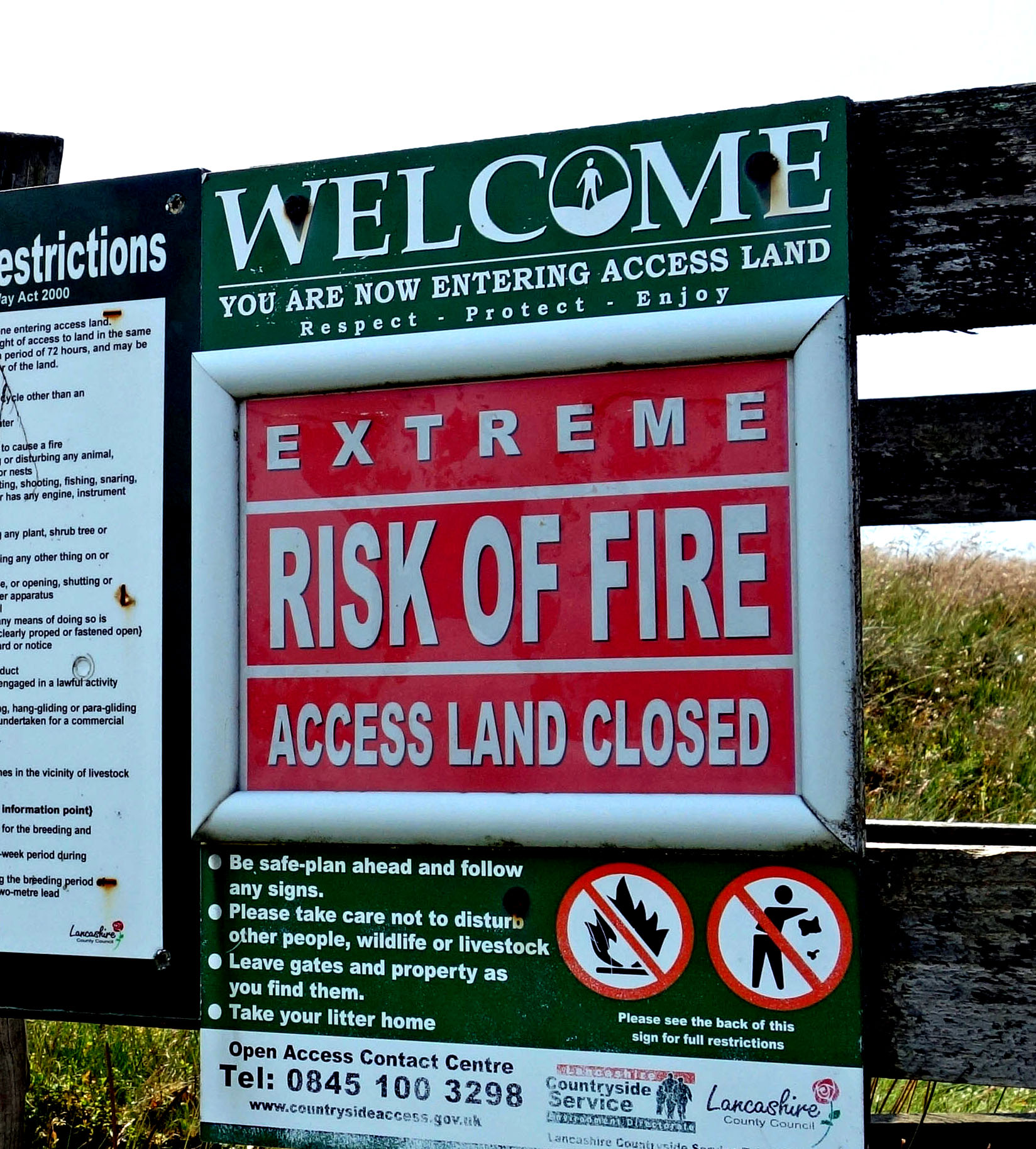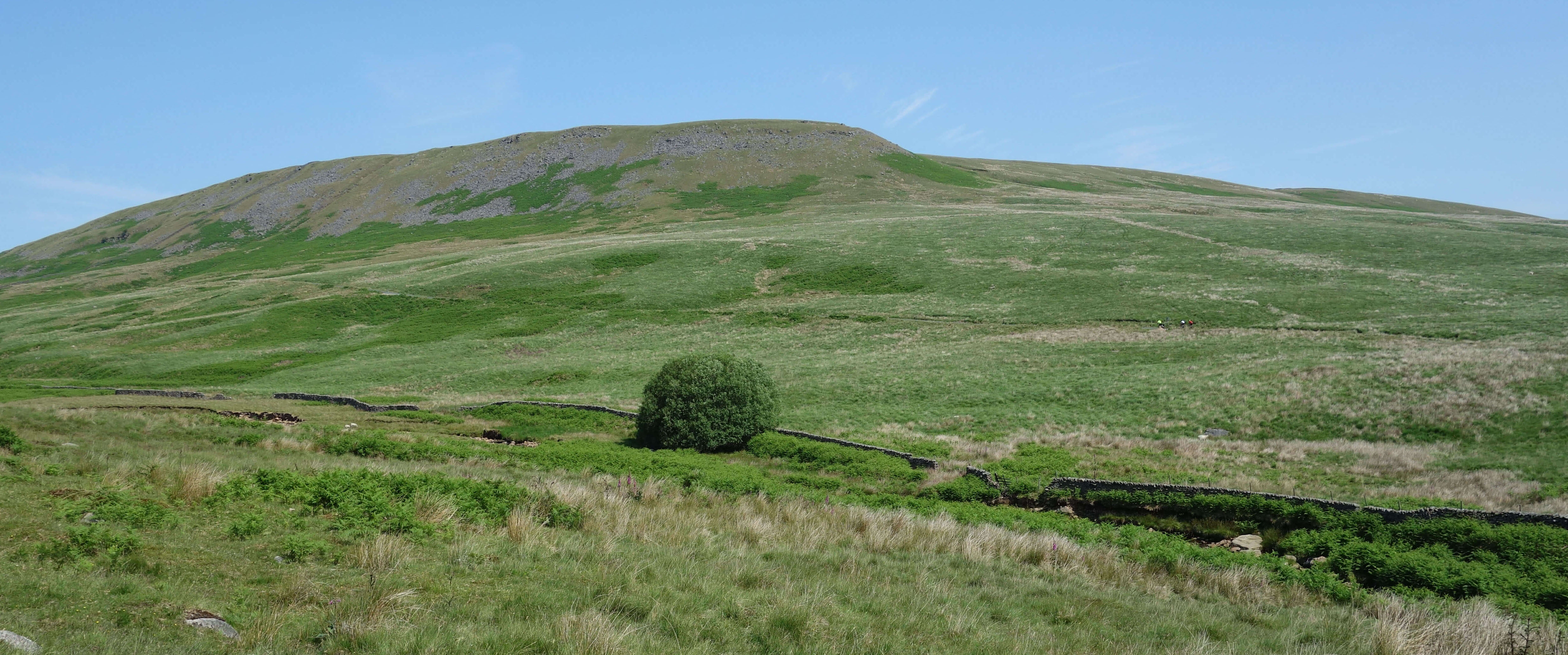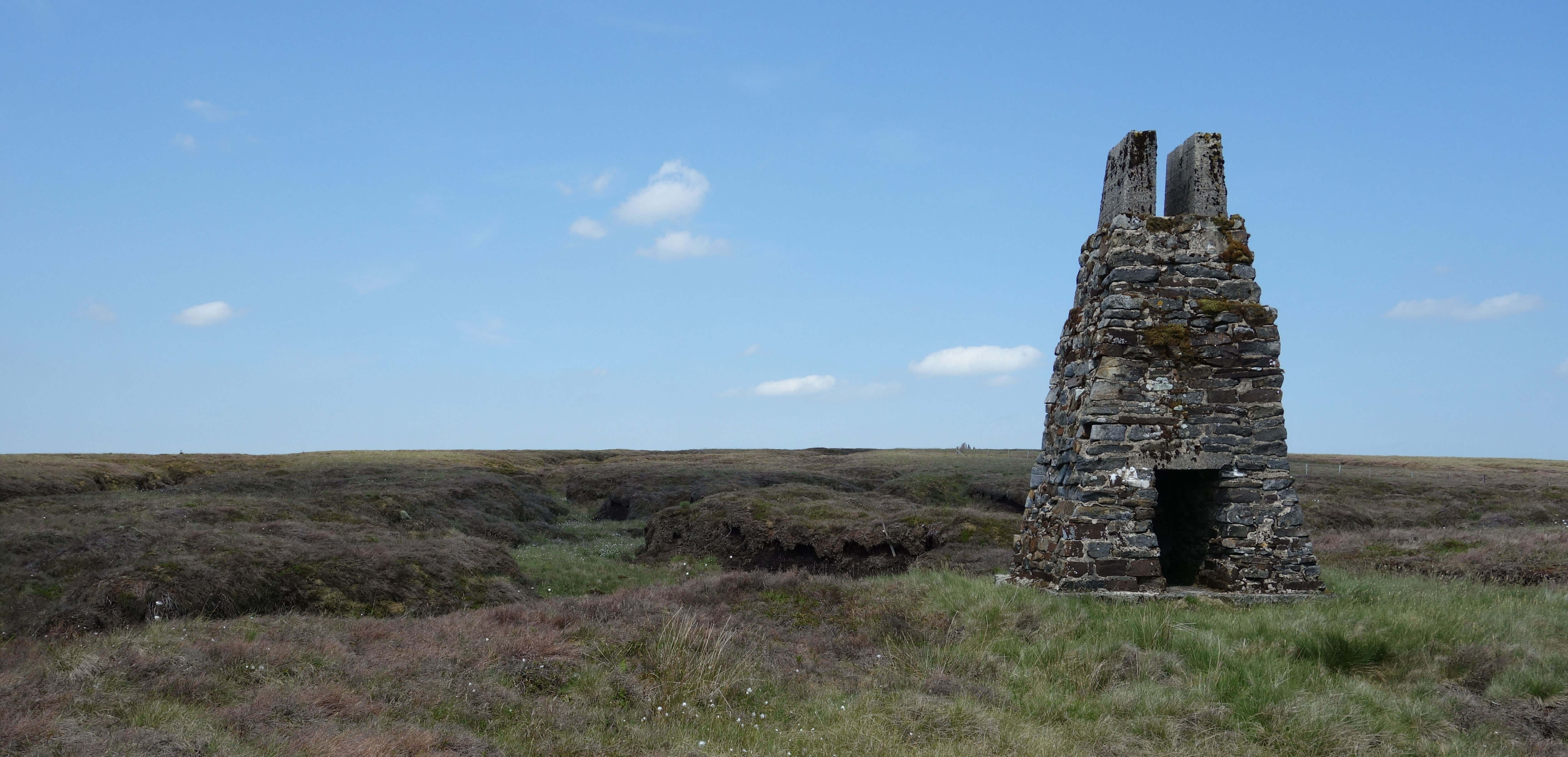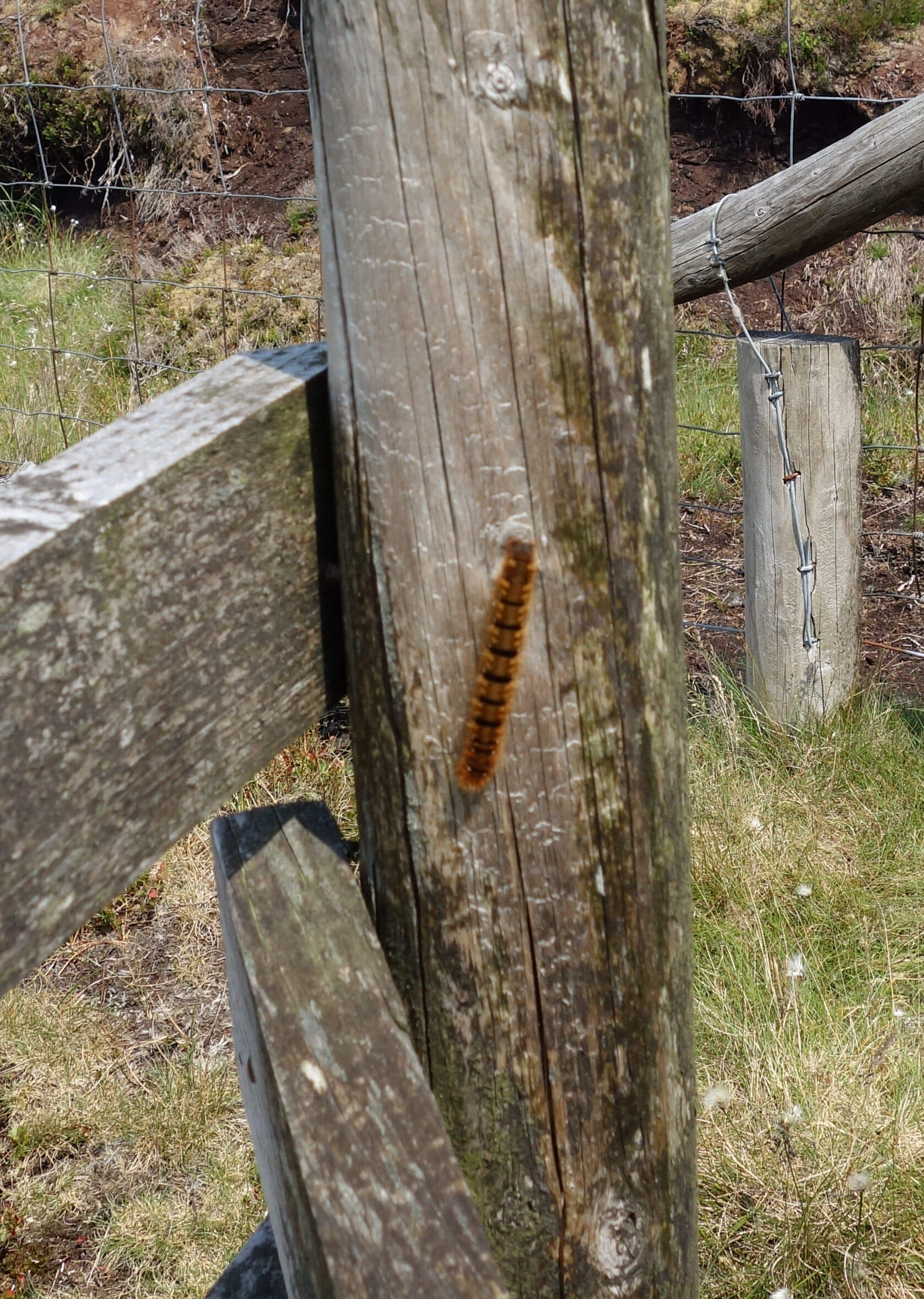
Home
Preamble
Index
Areas
Map
References
Me
Drakkar
Saunterings: Walking in North-West England
Saunterings is a set of reflections based upon walks around the counties of Cumbria, Lancashire and
North Yorkshire in North-West England
(as defined in the Preamble).
Here is a list of all Saunterings so far.
If you'd like to give a comment, correction or update (all are very welcome) or to
be notified by email when a new item is posted - please send an email to johnselfdrakkar@gmail.com.
96. Castles and Towers from the Cross of Greet
The road between Bentham and Slaidburn reaches its highest point, at 427 metres, at the Cross of Greet, which used to mark
the Yorkshire-Lancashire boundary. Long ago there was a cross here but today there’s just a large stone with a
rectangular socket in it. In winter the road provides a dark, dreary, dangerous crossing of bleak moors but in summer
it's an excellent outing, especially for bikers and cyclists, with fine views to Pendle in one direction
and to the Yorkshire Dales hills in the other. We went there on a very hot day and perhaps should not have
been surprised to find at the Cross of Greet a sign saying “Extreme risk of fire. Access land closed.”

However, that sign was on the gate to the west leading to White Hill. So we walked, as we had
intended anyway, to the east, where there was no gate or sign. We walked up to what is marked on the map
as Raven’s Castle. There are just a few large rocks scattered about – certainly no castle. But there were
good views across to Bowland Knotts and, further in the distance, Pen-y-ghent. We walked on to nothing
very much, which is marked on the map as Ravens Castle. Imaginative names, I feel, but rather limited in range.
We walked down over Catlow Fell to the Cross of Greet Bridge (disappointingly modern, rather than
old) where there were more signs, but now telling us not to light any fires. That was the last thing on
our minds. We were too hot already. So we walked up the track to the shooters’ hut and far beyond. We
walked past many grouse butts but saw only two grouse on the whole walk. We were also surprised to see
no voles at all, considering that we saw hundreds of them on our last walk – up Crag Hill, over terrain somewhat
similar to this. In modest compensation, we saw a single small lizard. I can remember as a boy catching
dozens of lizards. It is sad that our wildlife has become so sparse.

Looking towards Ravens Castle from the track up to the shooters' hut (the
road up to the Cross of Greet is in the middle distance (above the tree), with three cyclists struggling up it)
 We walked on over Snout Berry Hill up to the fence in order to investigate the tower (shown left). It is
eight metres or so high, with a notch on the top. A kilometre north-west, near the trig point on White Hill (544 metres),
there is a second,
similar tower. And in a line with the other two, there is a third tower (which we didn’t walk to) a similar
distance down on the other side of the hill. These towers are described as ‘sighting columns’ for the
Haweswater Aqueduct,
although I don’t know what their exact function was. The aqueduct itself is in a
ten mile long tunnel directly below the towers.
We walked on over Snout Berry Hill up to the fence in order to investigate the tower (shown left). It is
eight metres or so high, with a notch on the top. A kilometre north-west, near the trig point on White Hill (544 metres),
there is a second,
similar tower. And in a line with the other two, there is a third tower (which we didn’t walk to) a similar
distance down on the other side of the hill. These towers are described as ‘sighting columns’ for the
Haweswater Aqueduct,
although I don’t know what their exact function was. The aqueduct itself is in a
ten mile long tunnel directly below the towers.
There is no whiteness about White Hill. The underlying rock is millstone grit, not limestone. It is,
in any case, overlain almost everywhere by dark peat. Overall, though, there is some equality in the
naming of our North-West England hills – there are about as many Blacks (Black Combe, Black Fell, …)
as there are Whites (White Maiden, White Pike, …). That is about as far as equality goes, though.
I very rarely see a black face on my walks. Does it matter? I could play
safe and let others speculate and
theorise about this empirical observation. However, it is an intriguing topic. We once went to see a
play called ‘Black Men Walking’. It concerns a group of black men who decide to form a walking club
in order to go hiking on the hills. I am restricting myself to men because the author of the play,
the rapper Testament (Andy Brooks), did, mainly. The men are of different ages, background and
social status, and, as they walk along, they ruminate about their motivations for walking, how it
relates to their experiences in a predominantly white society, and the role of black walkers in
British history. Towards the end of their walk they meet a younger, more working class, black
woman, more bold and edgy in her own black Britishness, who comments pithily on the men’s
activities and thoughts.

As always with a good play, it was not clear to me what we are intended to make of it (and
neither, it seems, was this
review). But at least I can ask: Why are there
so few black people on the hills? Black people are, of course, not inherently unsuited to hill-walking.
Some would suggest that hill-walking is not something that black people are likely to inherit from their
ancestors. Well, all my ancestors that I know of lived all their lives in Norfolk.
Should those of us who appreciate the benefits of hill-walking encourage more black
people to join us? As I wrote before
(Sauntering 61),
I have never been a member of a walking club but I wonder if such clubs feel
it part of their brief to attract members from under-represented parts of society or do they just let
people turn up who want to? Why did the Black Men Walking need to form a new club? Of course, these
issues are not specific to hill-walking. There are, I’m sure, disproportionately few black faces in
golf clubs, orchestras, fishing clubs, and so on. Hill-walking does, at least, have the advantage that
it is relatively easy and cheap to give it a go. In a racially harmonious society we would have
appropriately balanced representations on our hills. So, black walkers matter. [1]
Despite the good, if a little hazy in the heat, views of the Dales hills, it seemed a long, tiring
walk down from White Hill to the
Cross of Greet. It was enlivened by a sight of an exuberantly large hairy caterpillar (shown right) – if
any reader can identify it for me I would be most grateful. [2] We left the moor through a gate on the other side
of which it said, to our flabbergastation, “Extreme risk of fire. Access land closed”.
Date: June 24th 2020
Start: SD683608, Cross of Greet (Map: OL41)
Route: NE by fence – Raven's Castle or Crowd Stones – SE – Ravens Castle – SE, S over Catlow
Fell – Cross of Greet Bridge
– W on track past shooting hut – SW over Snout Berry Hill – tower – NW – White Hill trig point – N, NE – Cross of Greet
Distance: 7 miles; Ascent: 305 metres
[1] A reader has kindly sent me details of these articles that provide some
black peoples' perspectives on these issues:
Cadogan, Garnette (July 8, 2016),
Walking while black, Literary Hub.
Collier, Beth (October 10th, 2019),
Black absence in green spaces, Ecologist.
Pires, Candice (July 13, 2018),
'Bad things happen in the woods': the anxiety of hiking while black, Guardian.
[2] Another reader has kindly commented that "I reckon it is probably a Northern Oak Eggar moth. This
moth has a northern subspecies which takes two years to mature (southern one 1 year). Tends to be noticeable
in its second year when larger. The timing and habitat look fairly OK for this. Its pupa (chrysalis) is
large and sits visibly attached to plants like heather or bilberry (its principal food plants)."
Home
Preamble
Index
Areas
Map
References
Me
Drakkar
© John Self, Drakkar Press, 2018-

Top photo: The western Howgills from Dillicar;
Bottom photo: Blencathra from Great Mell Fell




 We walked on over Snout Berry Hill up to the fence in order to investigate the tower (shown left). It is
eight metres or so high, with a notch on the top. A kilometre north-west, near the trig point on White Hill (544 metres),
there is a second,
similar tower. And in a line with the other two, there is a third tower (which we didn’t walk to) a similar
distance down on the other side of the hill. These towers are described as ‘sighting columns’ for the
Haweswater Aqueduct,
although I don’t know what their exact function was. The aqueduct itself is in a
ten mile long tunnel directly below the towers.
We walked on over Snout Berry Hill up to the fence in order to investigate the tower (shown left). It is
eight metres or so high, with a notch on the top. A kilometre north-west, near the trig point on White Hill (544 metres),
there is a second,
similar tower. And in a line with the other two, there is a third tower (which we didn’t walk to) a similar
distance down on the other side of the hill. These towers are described as ‘sighting columns’ for the
Haweswater Aqueduct,
although I don’t know what their exact function was. The aqueduct itself is in a
ten mile long tunnel directly below the towers.

